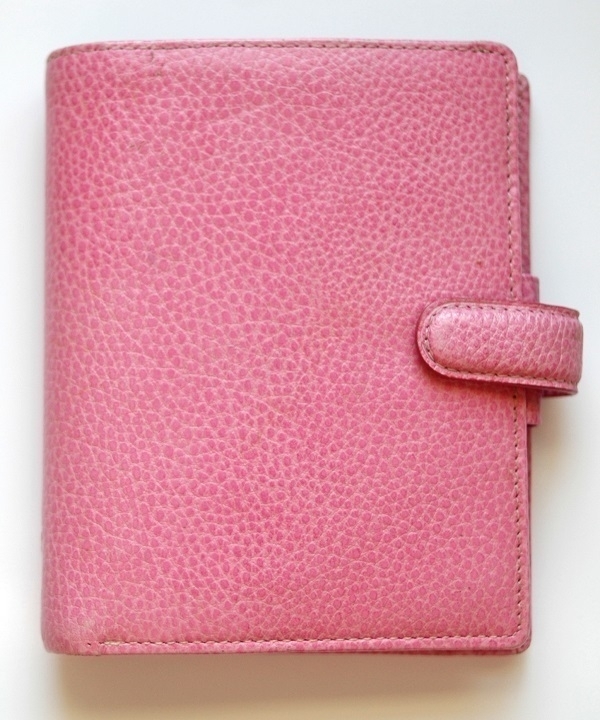Filofax

When I arrived in St. John’s eleven years ago, there must have seemed something suspicious about the two large bags of luggage I’d brought for a four or five-day stay. In any event I was asked to wait to be questioned by an immigration officer. Having asked about the reason for my visit (to attend a funeral), the lady began looking through my bags and then enquired, as she fished out a pink Filofax personal organiser, leafing through it, whether I’d visited the city before, and what connection I had with the place. I replied that I’d visited several times because it was my wife’s home town, and that she’d recently died and that it was her funeral I had come for. The Filofax had been hers, I added, whereupon the officer dropped it back into my bag like it was hot. After a few more questions about where I was staying and the date and location of the funeral, I was allowed to get on my way.
Among the bereaved are many who take comfort in being surrounded by their late loved ones' personal effects. I, on the other hand, found it less painful to give away or dispose of all but a very few of my wife’s things. The Filofax was one of the handful of mementoes I kept. I still use it to this day, if only as an address book. Filofaxes had their heyday in the ’80s, when they became fashionable accessories, but this one is only about twenty years old–from a time when there had already been several generations of electronic organisers, but before the advent of the smartphone. The Filofax brand is still current now: who is still buying their organisers today, I wonder?
